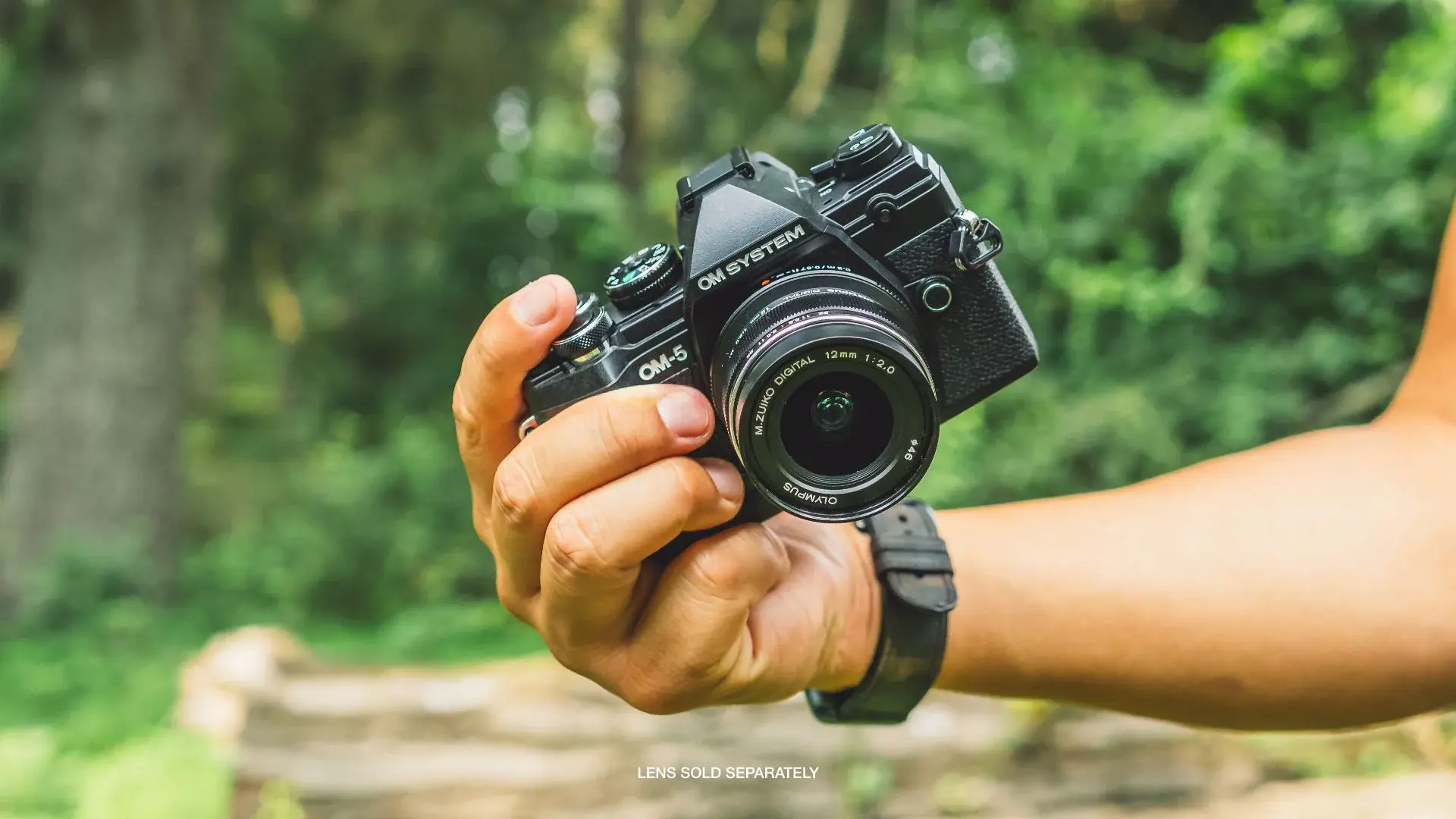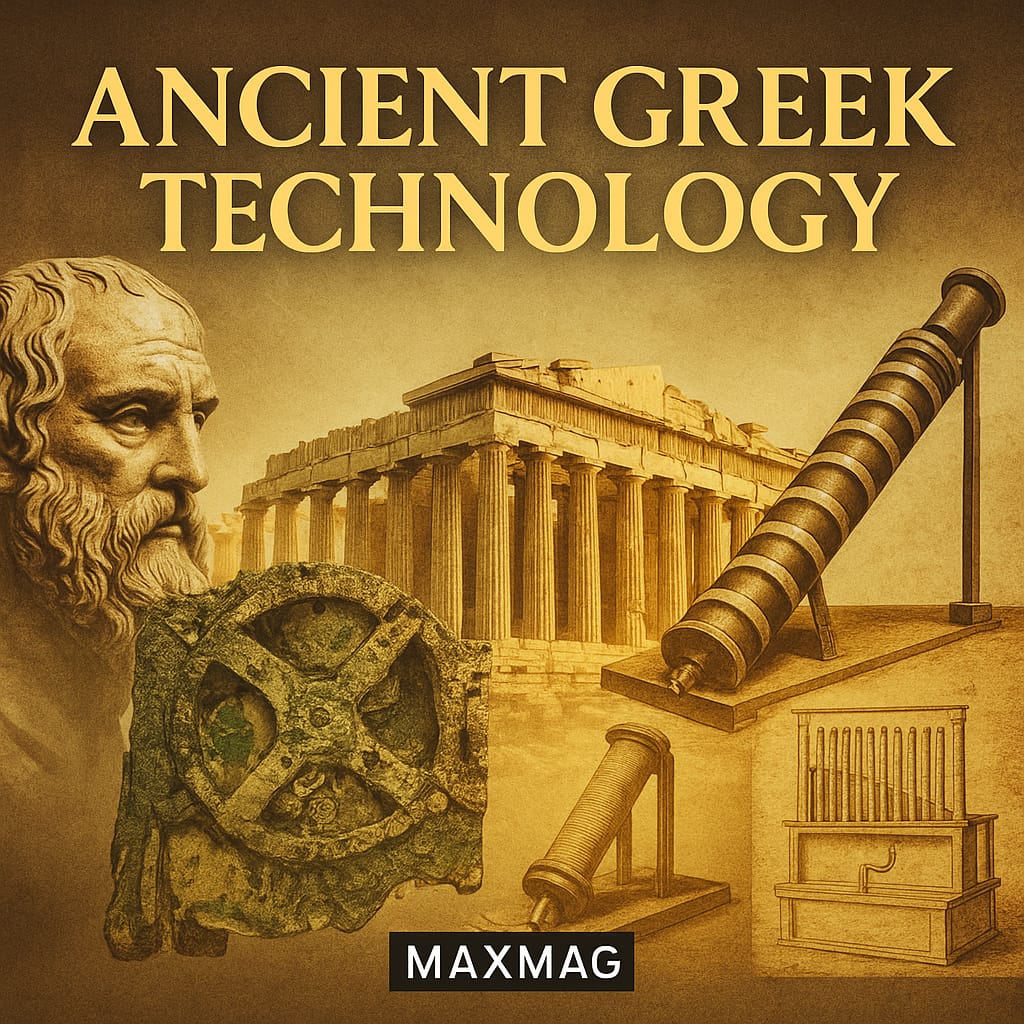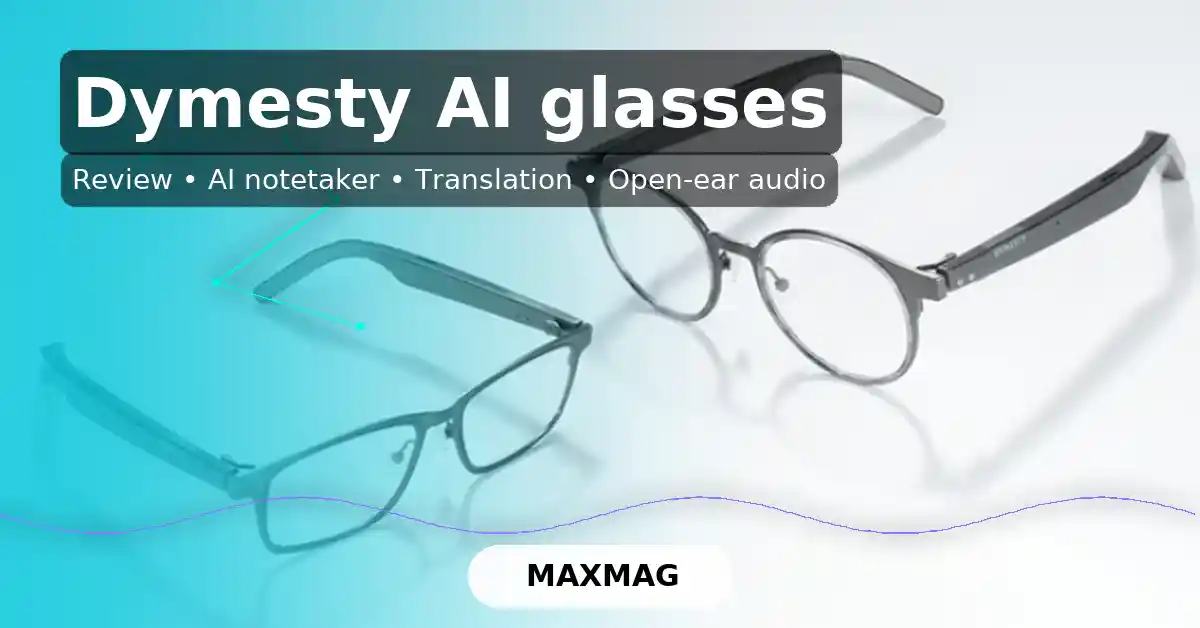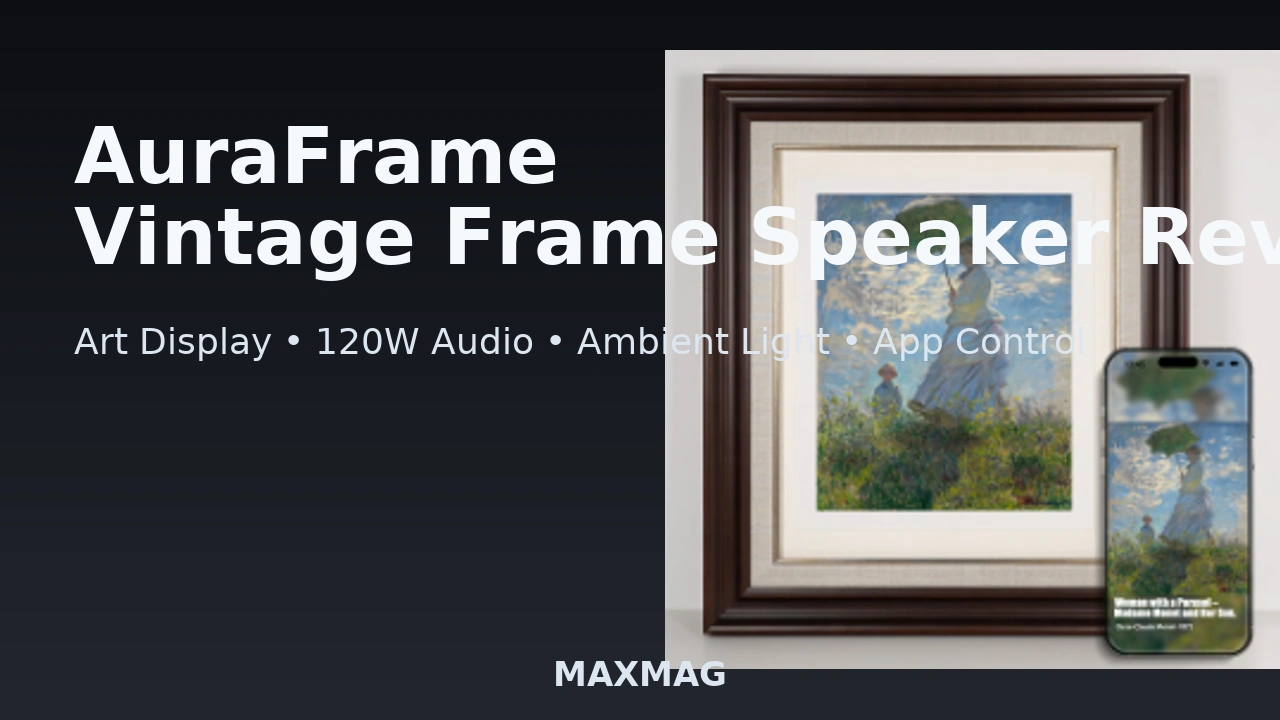
In a market flooded with expensive gear and endless specifications, finding the best budget mirrorless cameras 2025 offers a smart path to high-quality photography without emptying your wallet. Whether you’re a content creator, travel vlogger, or beginner hobbyist, today’s affordable mirrorless models deliver outstanding image quality, portability, and features once reserved for premium devices.
In this guide, we explore the top mirrorless cameras under $1,000, compare their performance, and help you decide which model suits your needs in 2025 — from 4K video and fast autofocus to compact designs and low-light performance.
Why Choose a Mirrorless Camera?
Mirrorless cameras have revolutionized digital photography. Unlike traditional DSLRs, they don’t require a bulky mirror mechanism, resulting in lighter, faster, and often quieter designs. More importantly, modern budget mirrorless cameras now boast:
-
Interchangeable lenses
-
Crisp electronic viewfinders
-
4K video capabilities
-
Advanced autofocus
-
Compact, travel-friendly bodies
And in 2025, manufacturers are fiercely competing to pack premium features into entry-level pricing. That’s great news for buyers.
What Makes a Mirrorless Camera “Budget” in 2025?
In 2025, a “budget” mirrorless camera is typically priced under $1,000 for the body or kit lens combo, and still includes features like:
-
At least 24MP resolution
-
4K video recording
-
Fast hybrid autofocus
-
Articulating or tilting screens
-
Wi-Fi/Bluetooth connectivity
-
RAW image support
Let’s explore the best budget mirrorless cameras 2025 that check all these boxes.
H2: Best Budget Mirrorless Cameras 2025
Here are the top affordable models worth considering:
1. Canon EOS R50
-
Price: ~$679 (body only)
-
Sensor: 24.2MP APS-C CMOS
-
Video: 4K uncropped at 30fps
-
Why it stands out: Light, fast, and beginner-friendly
Canon’s R50 is a compact powerhouse and perhaps the best value mirrorless camera of 2025 for vloggers and content creators. It inherits features from Canon’s R10 but costs less. With Canon’s Dual Pixel CMOS AF II system, it nails fast and accurate subject tracking — even in low light.
The fully articulating screen and mic input make it a favorite for YouTubers and TikTok creators. Visit Canon USA for official specs and deals.
2. Sony ZV-E10
-
Price: ~$798 (with 16-50mm lens)
-
Sensor: 24.2MP APS-C
-
Video: 4K up to 30fps
-
Why it stands out: Best for video creators
Still going strong in 2025, the ZV-E10 remains one of Sony’s best beginner cameras for vloggers. It features Sony’s excellent Eye AF, product showcase mode, and high-quality built-in microphones.
The camera lacks an EVF, but it makes up for it with a front-facing touchscreen, excellent color science, and support for Sony’s vast E-mount lens system.
Check out B&H Photo for bundles and accessories.
3. Fujifilm X-T30 II
-
Price: ~$899 (with 15-45mm kit lens)
-
Sensor: 26.1MP X-Trans CMOS 4
-
Video: 4K at 30fps
-
Why it stands out: Gorgeous retro styling + film simulations
Fujifilm continues to attract creatives thanks to its iconic design and unique film simulations. The X-T30 II delivers superb color rendering, tactile dials, and excellent JPEG output straight from the camera.
Though it’s not the newest release, it remains one of the best budget mirrorless cameras 2025 for street and travel photography enthusiasts.
Find lenses and gear at Adorama.
4. Nikon Z30
-
Price: ~$796 (with 16-50mm kit lens)
-
Sensor: 20.9MP APS-C
-
Video: 4K at 30fps
-
Why it stands out: Nikon’s best mirrorless option under $1,000
The Z30 is tailored for beginner vloggers with a forward-facing screen, USB-C charging, and dependable autofocus. Although it lacks an electronic viewfinder, its lightweight build and clean 4K video make it ideal for creators.
Nikon’s Z-mount ecosystem is expanding fast, and lenses like the 28mm f/2.8 SE are both compact and affordable.
5. OM SYSTEM OM-5
-
Price: ~$999 (body only)
-
Sensor: 20MP Micro Four Thirds
-
Video: 4K DCI at 24fps
-
Why it stands out: Weather-sealed, stabilized, and compact
Previously under the Olympus brand, the OM-5 is one of the most rugged cameras under $1,000. Its standout feature is 5-axis in-body stabilization, ideal for handheld shooting in poor light or on the move.
While the Micro Four Thirds sensor is smaller, it means access to some of the most compact and lightweight lenses available.
Buying Tips: What to Look for in 2025
When shopping for a budget mirrorless camera, consider:
-
Autofocus: Eye-detection AF is a game-changer for portraits and video.
-
Lens ecosystem: Make sure affordable lenses are available for your system.
-
Battery life: Some mirrorless models drain quickly — look for USB-C charging.
-
Touchscreen: Helpful for focus, vlogging, and menu navigation.
-
Weather sealing: Nice for outdoor use, but rare under $1,000.
And don’t forget: A camera is only as good as its lens. Saving money on the body means you can invest in glass down the line.
H2: Best Budget Mirrorless Cameras for Specific Uses
Different creators have different needs. Here’s a quick breakdown:
📷 For Vlogging:
-
Sony ZV-E10
-
Canon R50
Both offer flip-out screens, mic inputs, and solid autofocus.
🌆 For Street Photography:
-
Fujifilm X-T30 II
-
OM SYSTEM OM-5
Their size, aesthetic, and responsive controls make them discreet and powerful.
🧳 For Travel:
-
Canon R50
-
Nikon Z30
Lightweight and USB-C chargeable — perfect on the go.
🧪 For Experimenters:
-
OM-5
-
Fujifilm X-T30 II
In-body stabilization and film modes encourage creative freedom.
US-Based Retailers Worth Checking
To find deals and support, shop through trusted US outlets like:
Avoid third-party resellers when possible and always register your gear for warranties.
FAQ: Best Budget Mirrorless Cameras 2025
Q: Can you get a good mirrorless camera under $1,000?
A: Absolutely. Canon R50, Sony ZV-E10, and Fujifilm X-T30 II offer pro-level features at an affordable price in 2025.
Q: Which is better for video: Canon R50 or Sony ZV-E10?
A: Both are excellent, but Sony has more video-centric features like product focus mode and better built-in audio.
Q: Is it better to buy a kit lens or body-only?
A: For beginners, kit lenses offer great value. If you’re upgrading, body-only lets you invest in better glass.
Q: Are Micro Four Thirds sensors still relevant?
A: Yes. Cameras like the OM-5 prove that smaller sensors can still deliver exceptional results with great portability.
Q: What about used cameras?
A: Used or refurbished models (from B&H, Adorama, etc.) can stretch your budget further — just ensure they come with a return policy or warranty.






